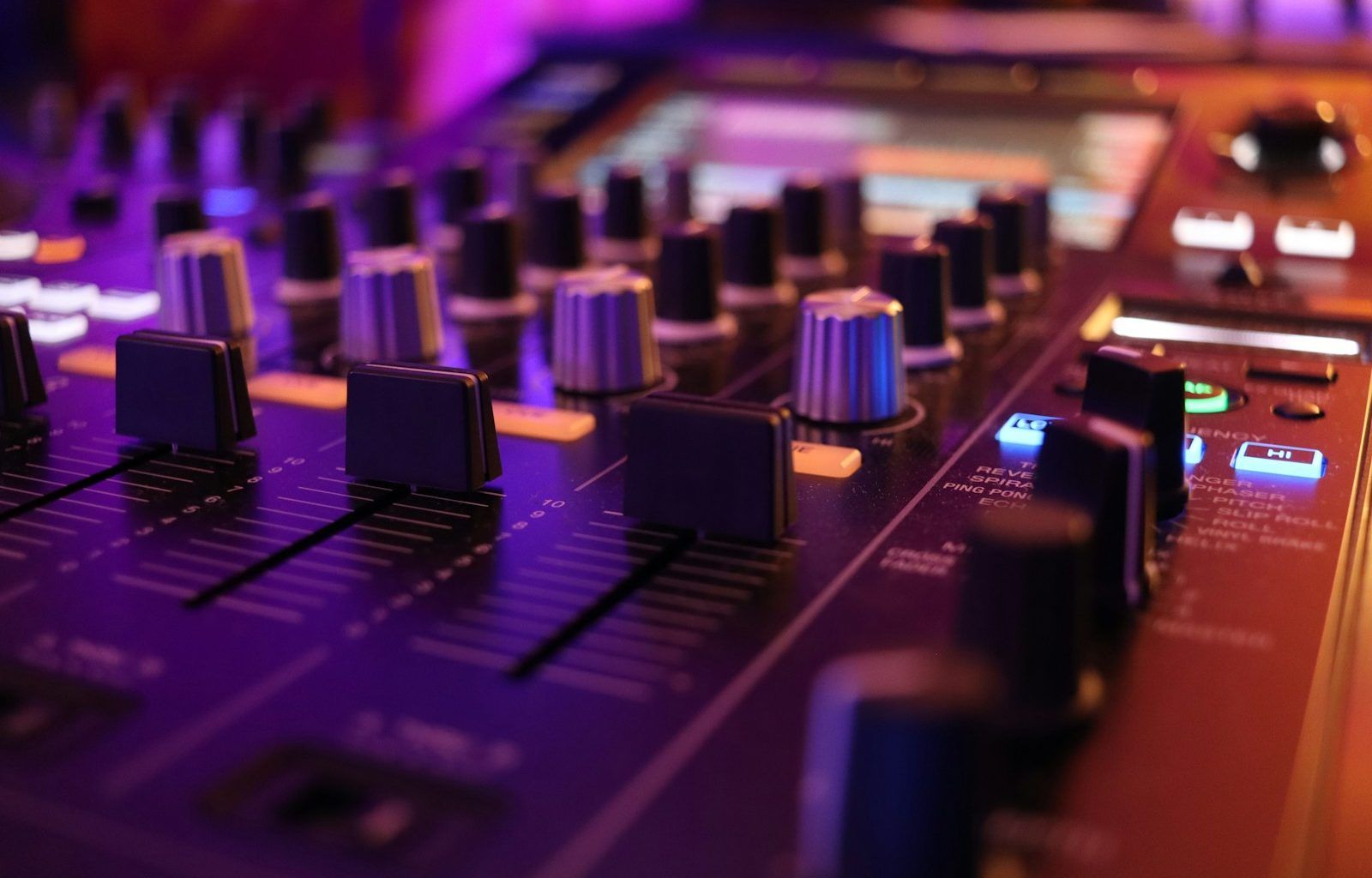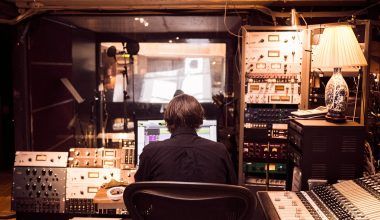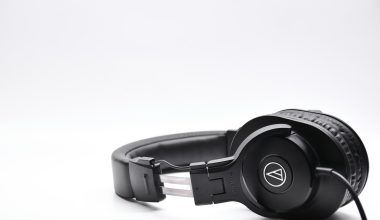Do you dream of creating amazing music but don’t have access to a professional studio? The good news is, you don’t need one! You can easily set up a music studio in your room with just a little planning and creativity. Whether you’re an aspiring musician, producer, or just love music, having your own studio can unlock endless possibilities for creating your unique sound. Let’s explore how you can transform your space into a music haven.
Why Create a Music Studio in Your Room?
Having your own music studio at home offers flexibility, creativity, and comfort. You can work on your music at any time without worrying about booking a studio or adhering to someone else’s schedule. Plus, it’s cost-effective. Instead of spending money renting professional spaces, you can invest in equipment that you’ll own forever.
Even if your room is small, it’s possible to build a functional music studio. All you need is a bit of effort, the right equipment, and an understanding of how to maximize the space you have.
Start by Choosing the Right Space
The first step in creating a music studio in your room is picking the right location. Ideally, you want a quiet space with minimal outside noise. If possible, choose a room with thick walls and few windows to help reduce unwanted sound.
If you don’t have a lot of options, don’t worry! You can always improve the acoustics of your chosen space, even if it’s not perfect. The key is to work with what you have and make small adjustments as needed.
Consider Room Size and Layout
The size of your room will determine how much equipment you can fit in and how you set up your studio. A larger room gives you more freedom, but even a small space can work beautifully if it’s organized well. Think about the layout and where you’ll place your desk, monitors, and other essentials.
Pro tip: Keep your workspace tidy to maintain a productive environment.
Soundproofing Your Room
Once you’ve chosen the right space, the next step is soundproofing. This is an important part of setting up your music studio because it helps to block outside noise and prevent your music from disturbing others.
You don’t have to spend a fortune on professional-grade materials. Instead, you can use DIY soundproofing methods to get started.
Easy Soundproofing Tips
- Use Heavy Curtains: Hang thick curtains over your windows to absorb sound.
- Add Rugs or Carpets: Cover your floors with soft materials to reduce echoes.
- Install Acoustic Panels: You can buy affordable acoustic foam panels online or make your own using foam and fabric.
- Seal Gaps: Use weatherstripping tape to seal gaps around doors and windows.
By making these simple changes, you can improve the sound quality in your room and create a better recording environment.
Setting Up Your Studio Equipment
Now comes the fun part—setting up your gear! To make a music studio in your room, you’ll need a few essential items. Don’t worry if you’re on a budget; there are affordable options for beginners.
Must-Have Studio Equipment
- Computer: A reliable computer is at the heart of any home studio. Choose one with enough processing power to run music production software.
- DAW (Digital Audio Workstation): Software like Ableton Live, Logic Pro, or FL Studio will help you record and edit your music.
- Audio Interface: This connects your instruments and microphones to your computer.
- Microphone: Invest in a good quality microphone for recording vocals and instruments.
- Studio Monitors or Headphones: These are crucial for accurately hearing your music.
Organizing Your Gear
Arrange your equipment so that everything is within easy reach. Place your computer and audio interface on a sturdy desk, and keep your microphone on a stand nearby. If you’re using studio monitors, position them at ear level for the best sound experience.
Creating the Right Atmosphere
A music studio isn’t just about equipment; it’s also about the vibe. Creating a comfortable and inspiring atmosphere can boost your creativity and make your studio a place you’ll want to spend time in.
Tips for Setting the Mood
- Lighting: Use warm, adjustable lighting to create a cozy environment.
- Decor: Add personal touches like posters, plants, or artwork that inspire you.
- Furniture: Use a comfortable chair to avoid back pain during long sessions.
The more you enjoy being in your studio, the more productive you’ll be.
Managing Cables and Storage
One challenge of having a music studio in your room is managing cables and storage. Cables can quickly become tangled and messy, so it’s important to keep them organized.
Cable Management Hacks
- Use velcro straps to bundle cables together.
- Label each cable so you know what it’s connected to.
- Invest in a cable organizer or create one using clips and hooks.
For storage, consider shelves or bins to keep smaller items like microphones, headphones, and adapters neatly arranged.
Testing and Fine-Tuning
Once your studio is set up, take some time to test everything. Play music through your monitors, record a few test tracks, and adjust the placement of your equipment as needed.
Troubleshooting Common Issues
- Echoes or Reverb: Add more acoustic panels or rugs.
- Low-Quality Sound: Check your audio interface settings and microphone placement.
- Uncomfortable Workspace: Rearrange your furniture to create more room.
Final Thoughts
Building a music studio in your room is an exciting and rewarding project. It’s your personal space to experiment, create, and grow as a musician. Don’t stress about getting everything perfect right away; your studio will evolve over time as you learn and invest in better equipment.
Start small, stay consistent, and most importantly, enjoy the process. Before you know it, you’ll have a fully functional music studio right in the comfort of your own home!
For further reading, explore these related articles:
- Mastering the Art of Music Pitching: A Friendly Guide for Every Musician
- Discover the Magic of Instrumental Meditation Music
For additional resources on music marketing and distribution, visit DMT Records Pvt. Ltd..






